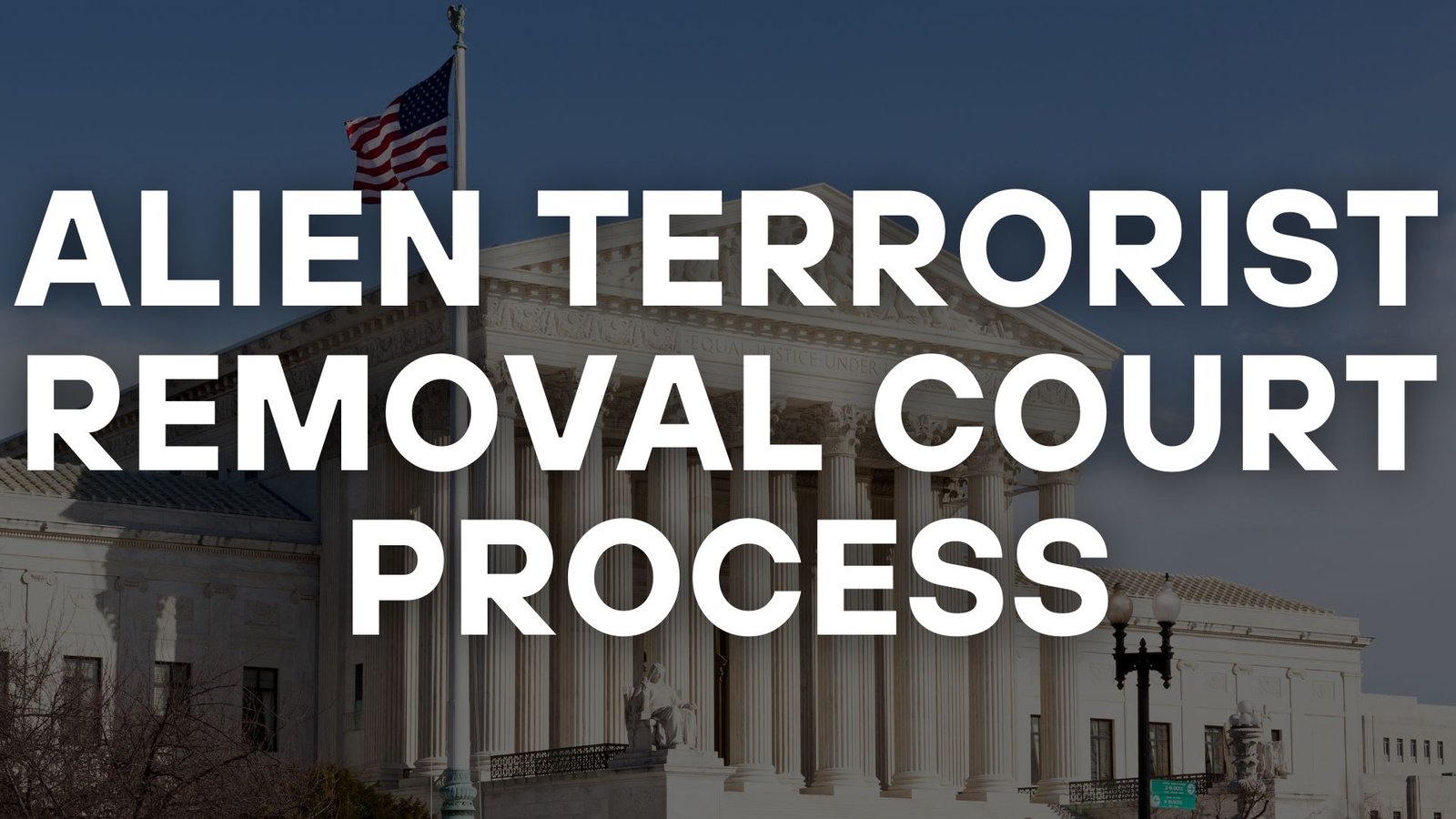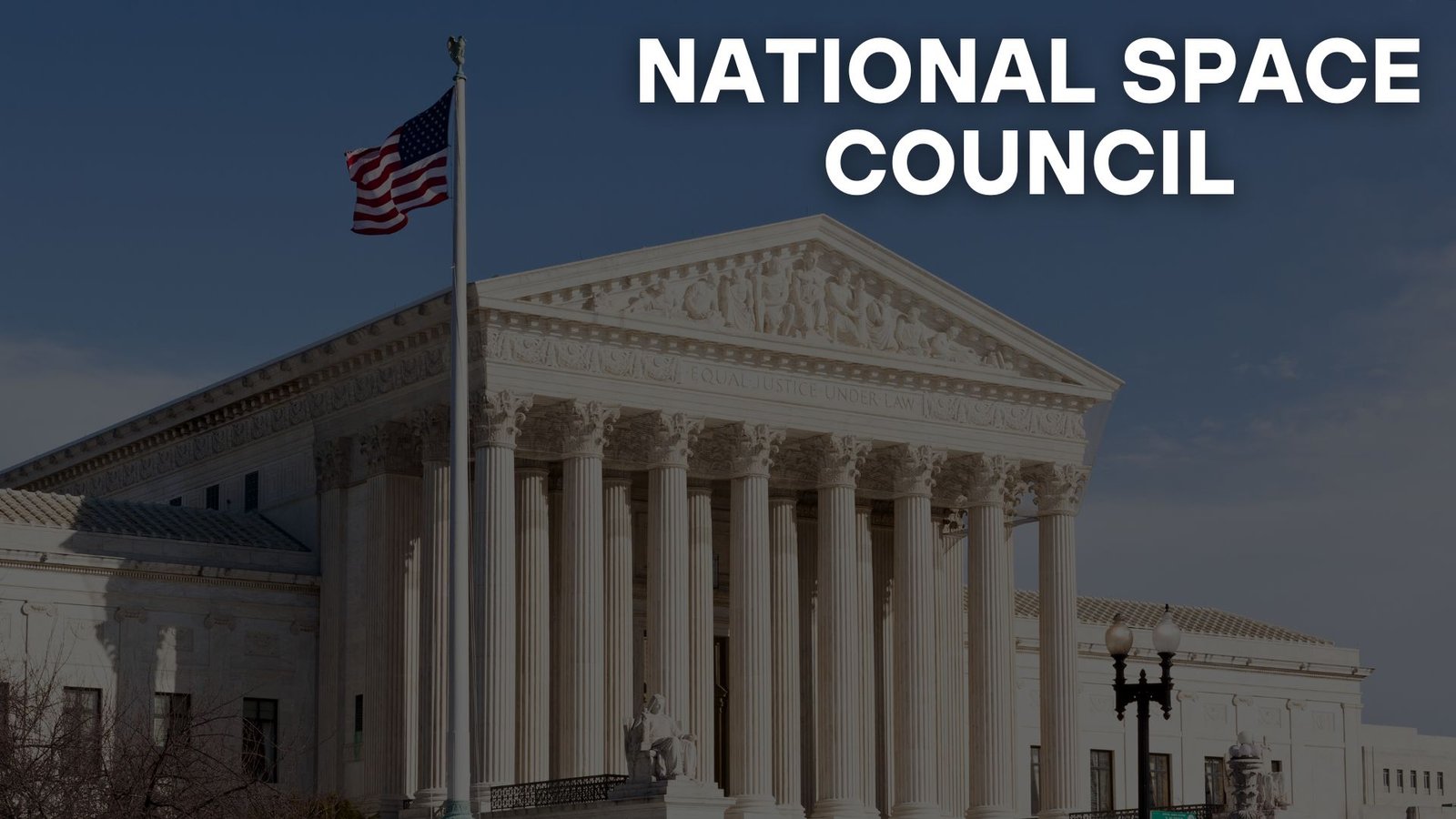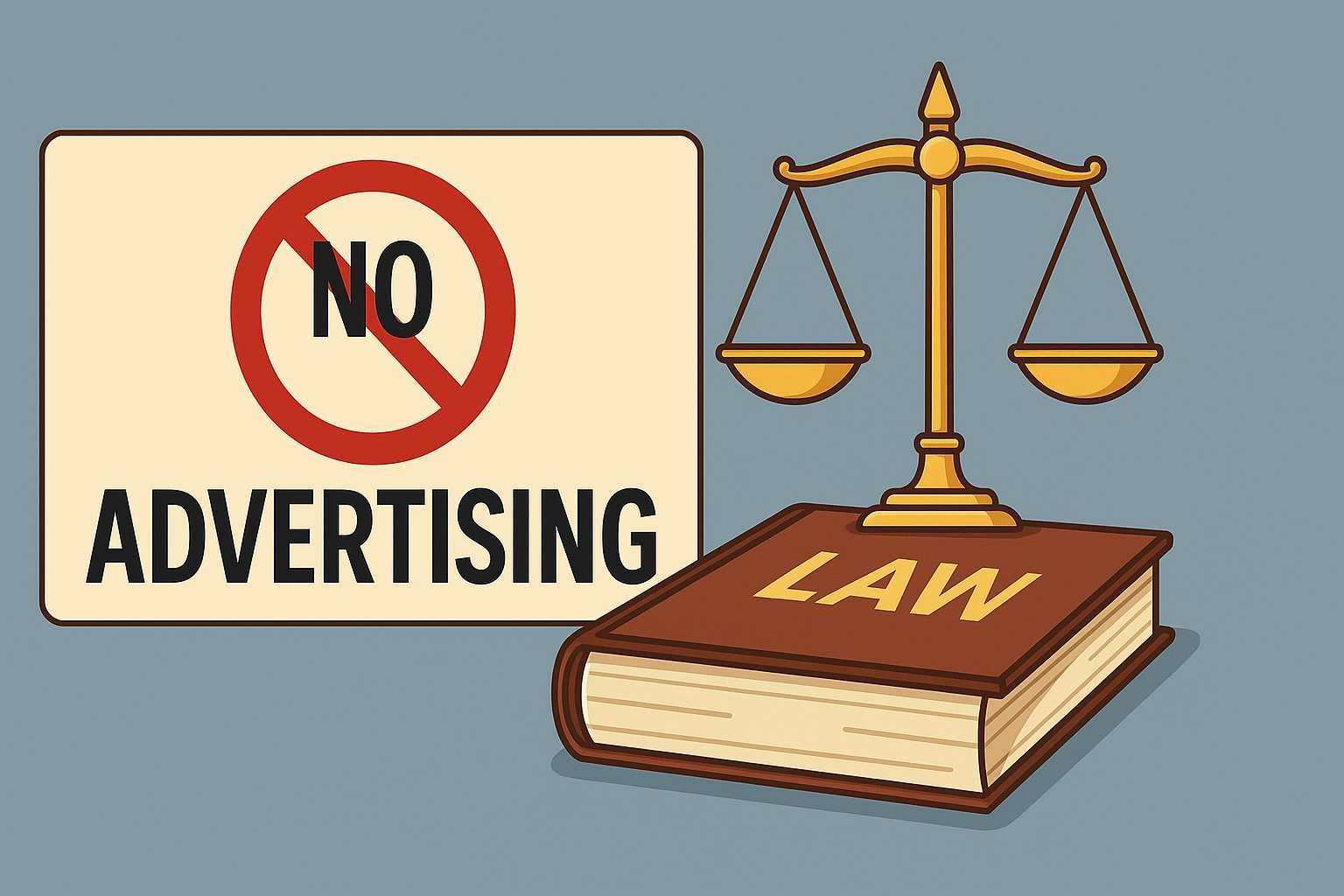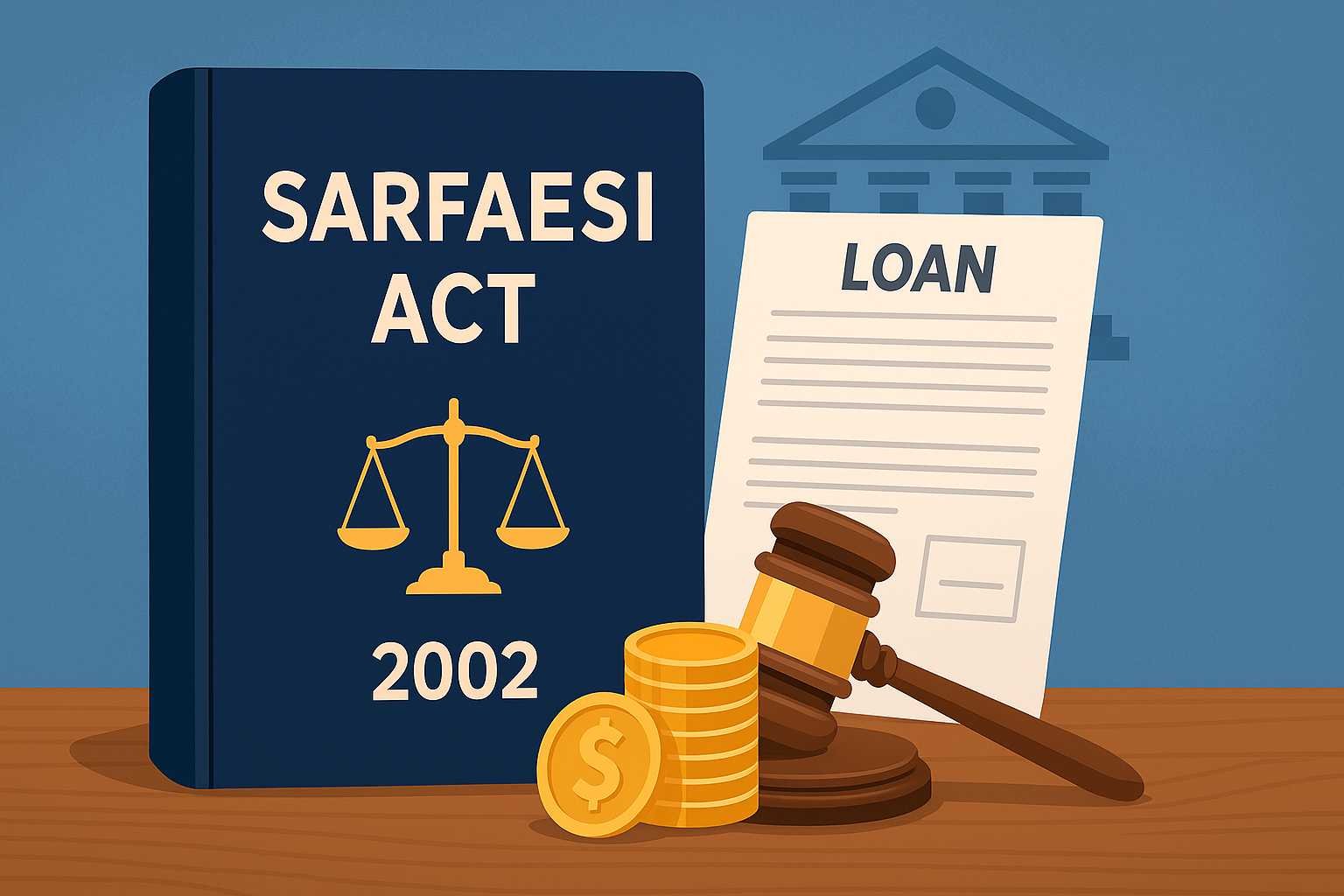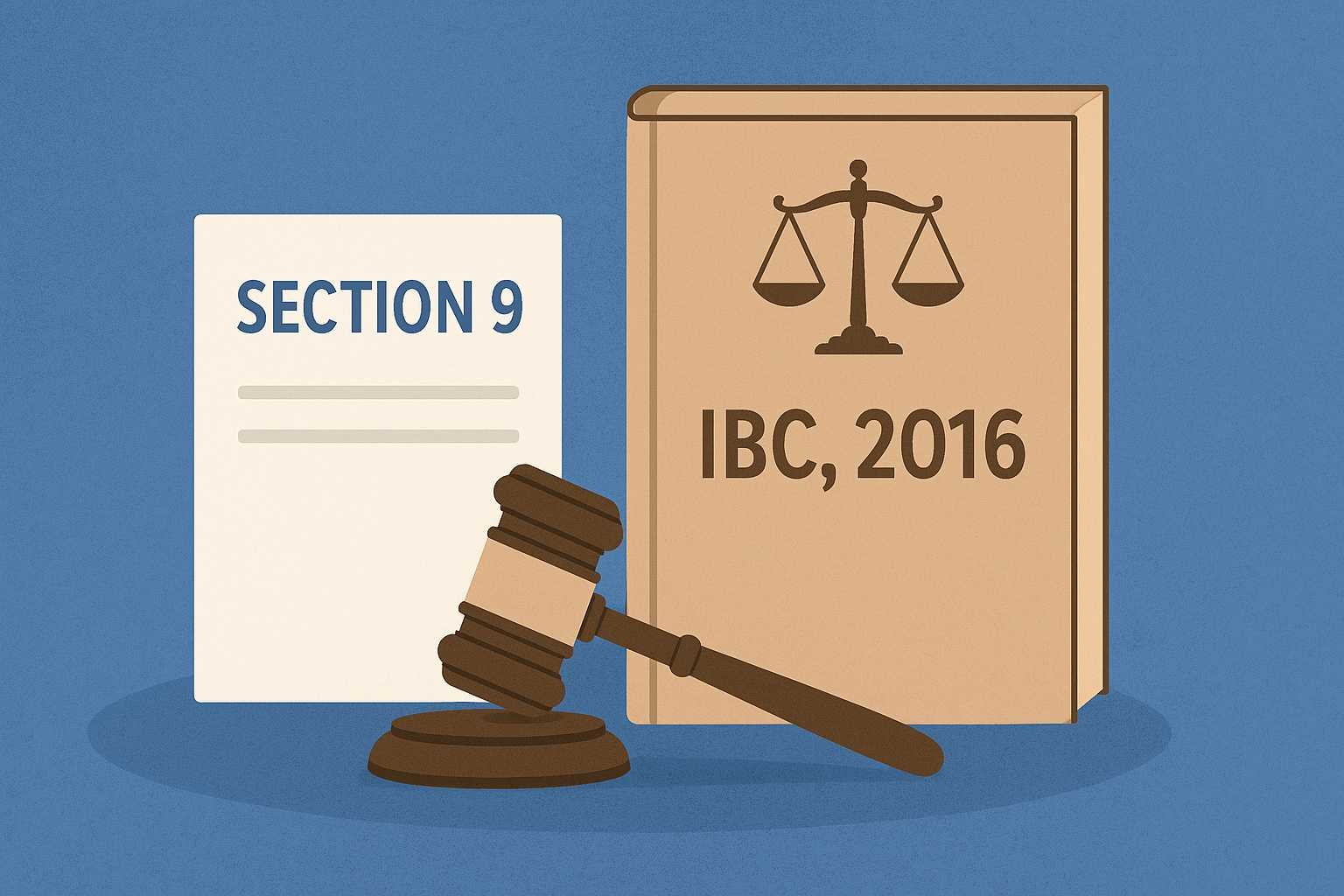On this page you will read detailed information about Alien Terrorist Removal Court Process.
As you navigate the complex landscape of immigration law, you may encounter the lesser-known Alien Terrorist Removal Court (ATRC). This specialized court, established by Congress in 1996, plays a crucial role in addressing national security concerns related to non-citizens suspected of terrorist activities. Understanding the ATRC process is essential for legal professionals, policymakers, and anyone interested in the intersection of immigration and national security. In this article, you will gain insight into the court’s purpose, procedures, and controversies surrounding its existence. By examining the ATRC’s unique position within the U.S. legal system, you will be better equipped to engage in informed discussions about this important yet often overlooked aspect of immigration law.
What is the Alien Terrorist Removal Court?
The Alien Terrorist Removal Court is a specialized judicial body established in 1996 to handle cases involving the deportation of non-citizens suspected of terrorist activities. This unique court, created by the Antiterrorism and Effective Death Penalty Act, serves as a critical component in the United States’ national security apparatus.
Structure and Composition
The alien terrorist removal court consists of five federal district court judges, each appointed by the Chief Justice of the United States for five-year terms. These judges are selected from different judicial circuits to ensure a diverse representation. As of 2023, the court includes notable jurists such as James Boasberg, Louis Guirola Jr., and Joan N. Ericksen, with two seats currently vacant.
Jurisdiction and Proceedings
The court has exclusive jurisdiction over all removal proceedings for alien terrorists. The process begins when the Attorney General files an application with the court, which must contain:
- The identity of the Department of Justice attorney making the application
- A certification by the Attorney General or Deputy Attorney General
- The identity of the alien in question
- A statement of facts establishing probable cause
According to U.S. Code, the court’s proceedings are conducted ex parte and in camera to protect classified information. If probable cause is found, the alien’s rights regarding removal are governed solely by the alien terrorist removal procedures.
Significance and Controversy
Despite its establishment over two decades ago, the Alien Terrorist Removal Court has yet to hear a single case. This inactivity has sparked debates about its necessity and effectiveness in the broader context of national security measures. Nevertheless, its existence underscores the complex balance between safeguarding national security and protecting individual rights in the face of potential terrorist threats.
History and Creation of the Alien Terrorist Removal Court
The Alien Terrorist Removal Court (ATRC) emerged in 1996 as a specialized judicial body designed to handle complex national security immigration cases. Established by the Antiterrorism and Effective Death Penalty Act, the ATRC was created in response to growing concerns about terrorist threats and the need to protect classified information during removal proceedings.
Legislative Foundation
The ATRC’s creation was rooted in bipartisan support and significant political pressure. The court’s structure and procedures were outlined in Title V of the Immigration and Nationality Act, which provided a framework for removing alien terrorists from the United States. This legislation granted the Attorney General the authority to seek removal orders for individuals suspected of engaging in terrorist activities.
Unique Features and Jurisdiction
The alien terrorist removal court process is distinct from standard immigration proceedings. The Chief Justice of the United States designates five district court judges from different judicial circuits to serve on the ATRC for five-year terms. This court holds exclusive jurisdiction over removal proceedings against alien terrorists, as defined by the Immigration and Nationality Act.
Challenges and Inactivity
Despite its establishment over two decades ago, the ATRC has faced significant challenges. Remarkably, the court has not heard a single case since its inception, leading some to label it a “veritable zombie court.” This inactivity stems from various factors, including unworkable procedural flaws and the enactment of post-9/11 laws that streamlined the removal process for certain classes of noncitizen national security threats.
Jurisdiction and Powers of the Alien Terrorist Removal Court
The Alien Terrorist Removal Court, established under U.S. law, possesses unique jurisdiction and powers specifically designed to address national security concerns. This specialized court plays a crucial role in the alien terrorist removal court process, balancing the need for swift action against potential threats with the protection of due process rights.
Composition and Structure
The court consists of five district court judges, each from different judicial circuits, appointed by the Chief Justice of the United States. These judges serve staggered terms, ranging from one to five years, ensuring continuity and fresh perspectives. A chief judge, designated by the Chief Justice, oversees the court’s operations and assigns cases to the various judges.
Expedited and Confidential Proceedings
One of the primary powers of the alien terrorist removal court is its ability to conduct proceedings in an expedited and confidential manner. This approach mirrors the procedures used under the Foreign Intelligence Surveillance Act, allowing for swift action when national security is at stake. The court’s authority to handle classified information while maintaining strict confidentiality is crucial to its function.
Legal Representation and Due Process
To ensure fair proceedings, the court has the power to designate a panel of attorneys with appropriate security clearances. These legal professionals are tasked with representing permanent resident aliens in cases involving classified information, safeguarding the rights of individuals facing potential removal.
By balancing swift action with due process protections, the Alien Terrorist Removal Court serves as a vital component in the nation’s efforts to address potential security threats while upholding constitutional values.
Initiation of Removal Proceedings
The alien terrorist removal court process begins with the initiation of removal proceedings, a critical step in safeguarding national security. This process is governed by specific legal frameworks and procedures designed to balance public safety concerns with individual rights.
Filing the Application
The Attorney General plays a pivotal role in initiating the removal process. According to the Immigration and Nationality Act, the Attorney General must file an application with the removal court, demonstrating probable cause that the individual in question is an alien terrorist and poses a risk to national security. This step marks the formal commencement of the alien terrorist removal court proceedings.
Notification and Rights
Once the application is filed, the next crucial step involves notifying the alien of the impending proceedings. The Immigration and Nationality Act stipulates that the government must provide the individual with a “Notice to Appear” (NTA). This document outlines the charges against them and specifies the time and place of their removal hearing. It’s important to note that the NTA must be served either in person or by mail to the individual’s last known address.
Preliminary Measures
During this initial phase, the Attorney General has the authority to take certain precautionary measures. As outlined in the USA PATRIOT Act, the Attorney General may detain the alien pending the removal hearing and any subsequent appeals. However, special provisions apply for permanent resident aliens, reflecting the need to balance security concerns with individual rights.
The initiation of removal proceedings in the alien terrorist removal court sets the stage for a complex legal process. It underscores the government’s commitment to addressing national security threats while adhering to established legal procedures and protecting individual rights.
Rights of the Alien During Removal Proceedings
Due Process and Legal Representation
In the alien terrorist removal court process, aliens have fundamental rights that protect their interests. You have the right to due process, ensuring fair treatment throughout the proceedings. This includes the right to a hearing before an immigration judge to determine your removability and eligibility for relief. Importantly, you have the right to be represented by an attorney, though at no expense to the government.
Presenting Your Case
During the alien terrorist removal court proceedings, you have the right to present evidence, testify on your own behalf, and cross-examine witnesses. This allows you to actively participate in your defense and challenge the government’s claims. It’s crucial to understand that the burden of proof lies with the government, which must prove your removability by clear and convincing evidence.
Appeals and Protection
If you receive an unfavorable decision, you have the right to appeal to the Board of Immigration Appeals and, if necessary, to a federal court. Additionally, you may be eligible for various forms of relief from removal, such as asylum, withholding of removal, or protection under the Convention Against Torture. These protections ensure that your case is thoroughly reviewed and that you’re not returned to a country where you may face persecution or torture.
Custody and Detention Rights
If you’re detained during the removal process, you have specific rights regarding your custody status. You can request a review of your detention, which involves personal interviews and consideration of evidence. You may be eligible for release under an order of supervision with certain conditions, such as reporting requirements and travel restrictions.
Remember, throughout the alien terrorist removal court process, you have the right to be treated with dignity and respect. Understanding and asserting these rights is crucial for navigating the complex removal proceedings effectively.
In the previous post, we had shared information about Sources of International Law, so read that post also.
Conduct of Removal Hearings
Expedited Process and Rights of the Alien
The alien terrorist removal court process is designed to be as swift as possible while still protecting the rights of the accused. According to U.S. Code, removal hearings must be conducted expeditiously to determine if the alien should be removed from the United States. During these proceedings, the alien has several important rights, including:
- The right to be present at the hearing
- The right to legal representation
- The ability to introduce evidence and examine witnesses
- Access to a verbatim record of the proceedings
These provisions ensure that the alien terrorist removal court process maintains a balance between national security concerns and due process.
Use of Classified Information
One unique aspect of the alien terrorist removal court is its handling of sensitive information. The government is authorized to use classified data obtained through electronic surveillance and physical searches. The judge may examine such evidence in camera and ex parte, meaning privately and without the presence of the alien or their counsel.
In cases involving lawful permanent residents, the court may appoint a special attorney to review classified information and challenge its veracity on the alien’s behalf. However, this attorney is prohibited from disclosing the classified details to the alien or their regular counsel.
Burden of Proof and Evidentiary Standards
In the alien terrorist removal court, the government bears the burden of proving by a preponderance of the evidence that the alien is subject to removal due to terrorist activities. Notably, the Federal Rules of Evidence do not apply in these hearings. This allows for more flexibility in the presentation of evidence, but also places a greater responsibility on the judge to weigh the credibility and relevance of the information presented.
It’s worth noting that despite its establishment in 1996, the Alien Terrorist Removal Court has yet to conduct any proceedings, as no applications for removal have been filed by the Attorney General.
Decisions and Orders of the Alien Terrorist Removal Court
Specialized Procedures and Limited Review
The Alien Terrorist Removal Court operates under specialized procedures designed to handle cases involving national security and terrorism-related issues. This court can issue removal orders without the full protections typically afforded in regular immigration court hearings. The process is streamlined to address potential threats swiftly and effectively.
Scope of Judicial Review
Appeals of orders issued by the Alien Terrorist Removal Court are subject to strict limitations. The scope of judicial review available in federal courts is narrow, reflecting the sensitive nature of these cases and the government’s interest in expediting the removal of individuals deemed to pose security risks.
Challenges in Executing Removal Orders
Even after the Alien Terrorist Removal Court issues an order, the actual removal of an alien may face complications. If the individual’s home country refuses to accept their return, it can lead to potential indefinite detention issues. The Supreme Court has addressed this concern, holding that post-removal-period detention statutes implicitly limit an alien’s detention to a period reasonably necessary to bring about removal and do not permit indefinite detention.
Constitutional Considerations
The Court has emphasized that a statute permitting indefinite detention would raise serious constitutional problems, as freedom from imprisonment is at the heart of liberty protected by the Due Process Clause. This underscores the delicate balance between national security concerns and individual rights in the context of the Alien Terrorist Removal Court process.
Appeals of Alien Terrorist Removal Court Decisions
The appeals process for decisions made by the Alien Terrorist Removal Court is a critical component of the U.S. legal system, ensuring due process and protecting the rights of those involved. This process involves several key stages and considerations.
Right to Appeal
Both the alien and the Attorney General have the right to appeal decisions made by the Alien Terrorist Removal Court. According to U.S. law, these appeals must be filed within 20 days of the court’s decision. The appeal is directed to the U.S. Court of Appeals for the District of Columbia Circuit, which has exclusive jurisdiction over these cases.
Appeal Procedures
When an appeal is filed, the entire record of the proceedings, including any classified information, is transmitted to the Court of Appeals under seal. The court then reviews the case, with a focus on:
- Questions of law, which are reviewed de novo
- Findings of fact, which are only set aside if clearly erroneous
The Court of Appeals is required to issue a decision within 60 days of the filing of the appeal. This expedited timeline ensures that these sensitive cases are resolved quickly.
Special Considerations
In cases involving lawful permanent residents who were denied a written summary of classified information, an automatic appeal is triggered unless waived by the alien. In these instances, the alien is represented by a special attorney on issues relating to classified information.
It’s important to note that while an appeal is pending, the removal order is typically not enforced. However, the Attorney General may retain the alien in custody during this period.
The alien terrorist removal court process and its appeals system represent a delicate balance between national security concerns and individual rights, underscoring the complexity of these cases in the U.S. legal framework.
FAQs on the Alien Terrorist Removal Court Process
The Alien Terrorist Removal Court is a specialized court established to handle cases involving the removal of non-citizens suspected of terrorism from the United States. This court operates under specific procedures outlined in the Immigration and Nationality Act.
The process starts when the Attorney General files an application with the alien terrorist removal court. This application must include crucial information such as the identity of the Department of Justice attorney handling the case, a certification from high-ranking officials, and a statement of facts establishing probable cause that the individual in question is an alien terrorist present in the U.S.
Once filed, the application is kept under seal and reviewed by a judge of the removal court. The judge considers the information provided, along with any classified information or testimony, to determine if there is probable cause to believe the alien is a terrorist and that normal removal procedures would pose a risk to national security.
If the judge grants the application, the alien’s rights regarding removal and expulsion are governed solely by the alien terrorist removal court process. This means that other provisions of the Immigration and Nationality Act do not apply, except those specifically referenced in the subchapter dealing with alien terrorist removal procedures.
No, the alien terrorist removal court process is largely conducted in private. The application is filed ex parte and in camera, meaning it’s done without the presence or knowledge of the alien in question. This confidentiality is maintained to protect sensitive information related to national security.
Conclusion
In conclusion, the Alien Terrorist Removal Court serves a critical role in balancing national security concerns with due process rights. While rarely utilized, its existence provides an important legal mechanism for removing non-citizens who pose terrorist threats. As you have learned, the court operates under strict confidentiality, with classified evidence and specially cleared judges. Though controversial, proponents argue it fills a necessary gap in immigration enforcement. Moving forward, ongoing debate will likely continue regarding the appropriate scope and procedures for this specialized court. Ultimately, policymakers must carefully weigh security imperatives against civil liberties as they refine this tool for confronting evolving terrorist threats in the 21st century.
Disclaimer
The information and services on this website are not intended to and shall not be used as legal advice. You should consult a Legal Professional for any legal or solicited advice. While we have good faith and our own independent research to every information listed on the website and do our best to ensure that the data provided is accurate. However, we do not guarantee the information provided is accurate and make no representation or warranty of any kind, express or implied, regarding the accuracy, adequacy, validity, reliability, availability, or completeness of any information on the Site. UNDER NO CIRCUMSTANCES SHALL WE HAVE ANY LIABILITY TO YOU FOR ANY LOSS OR DAMAGE OF ANY KIND INCURRED AS A RESULT OR RELIANCE ON ANY INFORMATION PROVIDED ON THE SITE. YOUR USE OF THE SITE AND YOUR RELIANCE ON ANY INFORMATION ON THE SITE IS SOLELY AT YOUR OWN RISK. Comments on this website are the sole responsibility of their writers so the accuracy, completeness, veracity, honesty, factuality and politeness of comments are not guaranteed.
So friends, today we talked about Alien Terrorist Removal Court Process, hope you liked our post.
If you liked the information about Alien Terrorist Removal Court Process, then definitely share this article with your friends.

